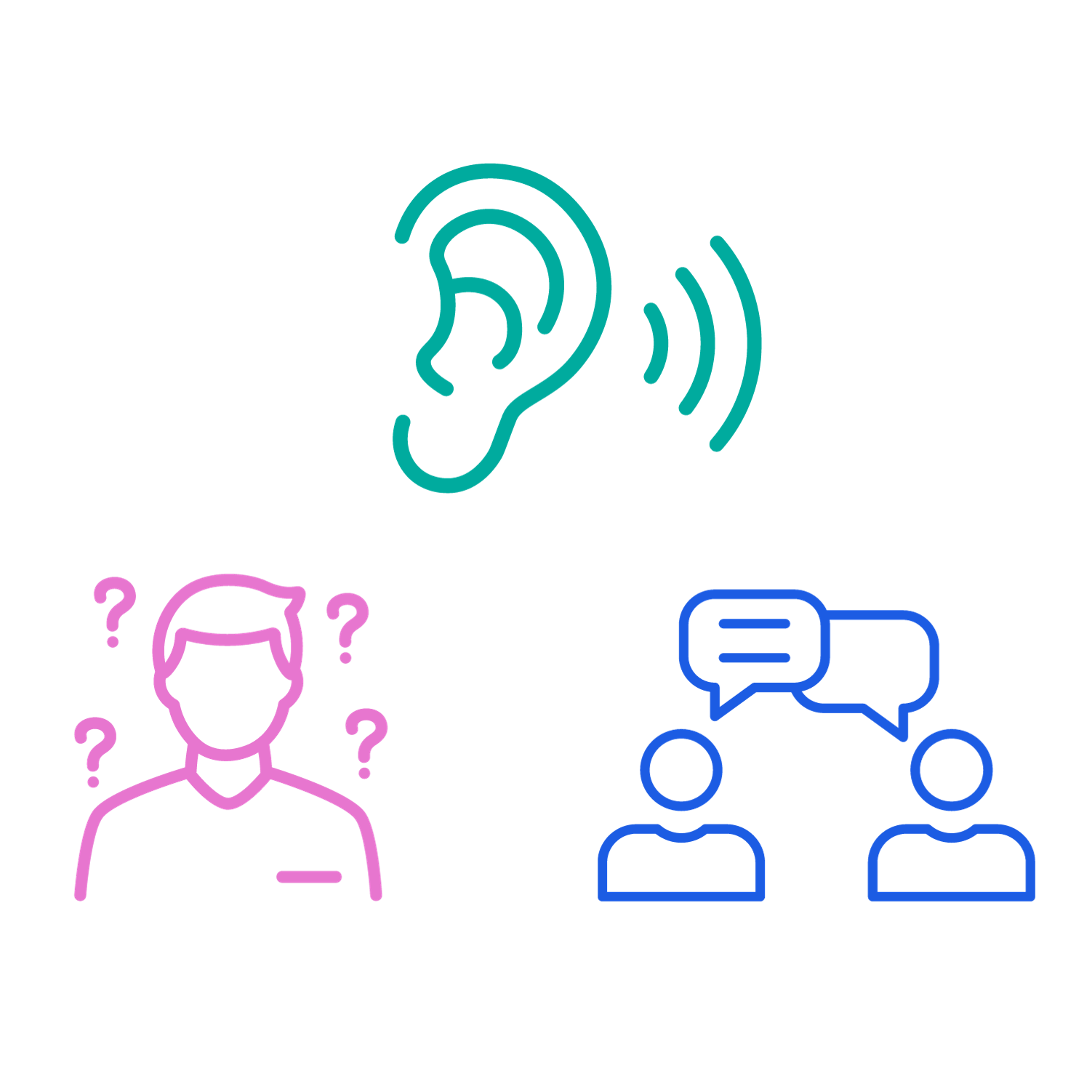In the fast-paced world of healthcare, where cutting-edge technologies and groundbreaking treatments often steal the spotlight, it’s easy to overlook the human element that forms the heart and soul of the healthcare industry. Healthcare innovations are not merely about medical devices and medications; they are about people — both those who create and use them. This blog post sheds light on the crucial role of qualitative analysis in evaluating healthcare innovations, ensuring that they are not just technically sound but also human-centric.
The human touch in healthcare innovations
Healthcare innovations can vary greatly, from robotic surgeries to telehealth solutions. The success of any healthcare innovation is inevitably linked to whether the technology is accepted by either staff or patients.

Patient values, preferences, and experiences can be identified through qualitative analysis. This helps healthcare innovators understand how their technologies impact patients, providing insights into their satisfaction and overall wellbeing.
Healthcare staff can also use healthcare innovations. Qualitative insights can help gauge experiences and challenges faced by healthcare professionals. Understanding staff perspectives is vital for successful implementation of new innovations.
Understanding patient experiences
Care is at the forefront of healthcare; understanding the patient experience of a healthcare innovation is essential to its success. Qualitative insights can help identify how healthcare technologies can impact patients and find ways to improve the innovation.

Listening to patient stories, concerns, and positive experiences surrounding healthcare innovations can uncover the human side of their healthcare journey. This can provide a nuanced understanding of their needs and challenges experienced due to new technologies.
Although quantitative data can provide great insight into trends, qualitative insights can reveal unmet needs and barriers arising from implementing healthcare innovations that could otherwise remain hidden.
Effective communication between patients and healthcare staff is essential for providing high quality care. Qualitative analysis can highlight areas where communication could be improved, ensuring the patient voice is heard.
Ensuring the innovation is human-centric
Designing for users: Qualitative insights help innovators design healthcare technologies with the end-users in mind. Whether it’s a user-friendly app or a wearable device, understanding how patients and healthcare professionals will interact with the innovation is key to its success.
Ethical and inclusive: Qualitative analysis ensures that new technologies consider the diverse backgrounds, values, and experiences of patients. This aims to lower the impact of health inequalities. (See more on our health inequalities work here).
Conclusion
Healthcare innovations are not just about science and technology; they are about people. Qualitative analysis adds a crucial dimension to the evaluation of healthcare technologies, helping us understand how they impact patients and healthcare professionals on a deeply personal level. By unlocking the human side of healthcare innovations, we ensure that these technologies don’t just work efficiently but also improve the overall human experience of healthcare. In a world where technology is rapidly advancing, it’s important to remember that the heart of healthcare is still very much human.
Written by Fay Maddock, Analyst at Unity Insights
